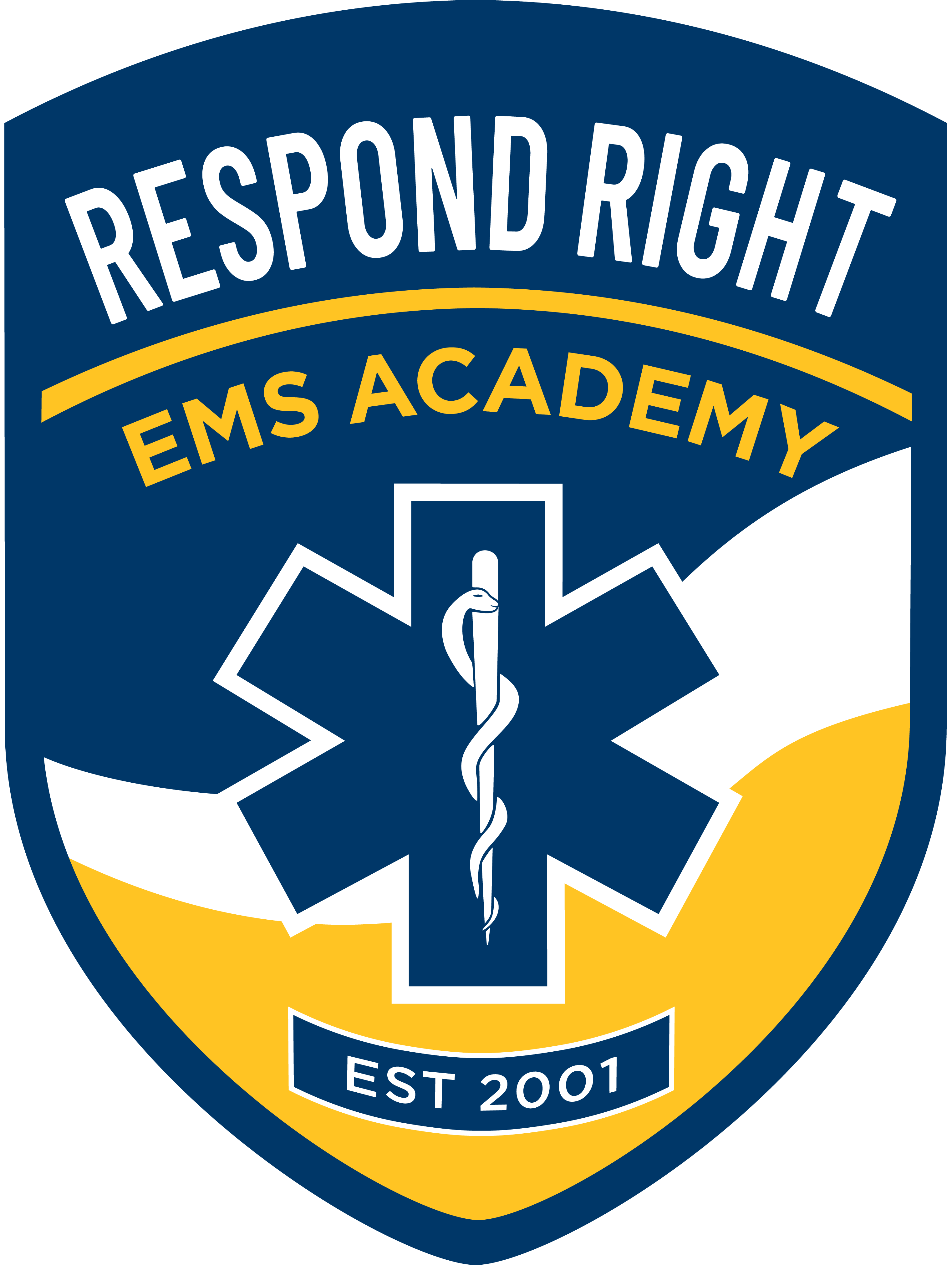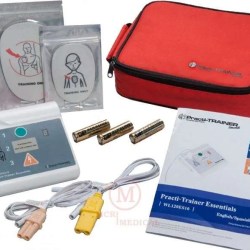
If you’re currently working as an EMT and want to expand your role in emergency medical services, becoming a paramedic is a natural and rewarding next step. Paramedics have more responsibilities, advanced skills, and higher earning potential. But how do you successfully transition from EMT to paramedic? Here’s your step-by-step career roadmap.
1. Understand the Role of a Paramedic
Before enrolling in a paramedic course, it’s important to understand the expanded scope of practice. Paramedics perform advanced procedures, administer medications, interpret EKGs, and lead on-scene care. The job requires quick decision-making, leadership, and in-depth clinical knowledge.
2. Meet the Prerequisites
Before you can begin paramedic training, there are a few important requirements to meet. First, you must hold a valid EMT license to demonstrate that you have the foundational knowledge and experience needed for advanced care. You’ll also need a current CPR certification—ideally through one of the AHA Courses to ensure you’re up to date on life-saving techniques.
Some programs may require you to complete an anatomy and physiology course before admission. Additionally, many paramedic schools require applicants to pass an entrance exam that assesses your readiness for the rigorous training ahead. To ease into the next level of education, many EMTs choose to start with a flexible and supportive training model like the Hybrid EMT Course. It’s a great way to build a strong academic foundation while balancing work and personal commitments.
3. Enroll in a State-Approved Paramedic Program
The next step is enrolling in a state-approved EMT paramedic school. When choosing a program, look for one that combines classroom instruction with real-world clinical experience. This hands-on approach ensures you’re well-prepared for the demands of the job.
A high pass rate often reflects strong instruction and a well-structured curriculum. Finally, make sure the school provides a supportive learning environment, with experienced instructors who are actively engaged in helping students master advanced EMS skills.
4. Commit to the Coursework
Paramedic school is intense. You’ll cover pharmacology, cardiology, trauma, pediatrics, airway management, and more. In addition to classroom work, you’ll complete clinical rotations in hospitals and on ambulances.
If you’re concerned about balancing work and study, check out EMT/Paramedic Continuing Education Programs that offer flexible scheduling options to meet CEU requirements while advancing your skills.
5. Pass the NREMT Paramedic Exams
After completing your course, you’ll need to pass both the NREMT Cognitive Exam and the Psychomotor Exam (skills-based). We recommend reviewing our post on Preparing for the NREMT Exam: Study Tips and Resources for useful tips on exam success.
6. Apply for State Licensure
Once you’ve passed your exams, you’ll apply for state licensure. Each state may have slightly different steps, so be sure to check with your local EMS office.
7. Start Working as a Paramedic
With your license in hand, you’re ready to step into your new role. Whether you work for a fire department, ambulance service, or hospital, the opportunities for growth are extensive.
8. Continue Your Education
Becoming a paramedic doesn’t mean your learning ends. You’ll need to maintain your license with CEUs. Take advantage of Paramedic Refresher Courses and CEUs to stay current and meet recertification requirements. Interested in teaching? Consider enrolling in our EMS Instructor Course.
Final Thoughts
Transitioning from EMT to paramedic is a big step, but it opens the door to more advanced skills, leadership opportunities, and professional growth. With the right training and support, you can take your EMS career to the next level. Explore your options and take that first step today.



















